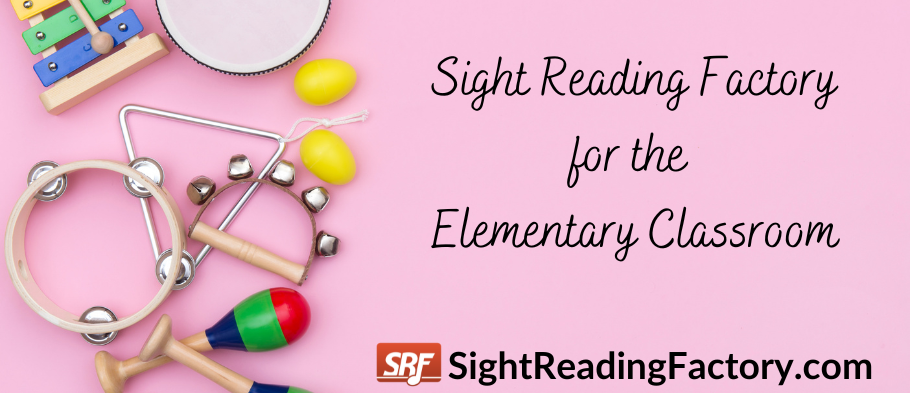SightReadingFactory.com offers incredible versatility, making it accessible to musicians of all ages and skill levels. Its infinite range of sight reading materials easily fits in middle school, high school, and even college music programs. It's worth noting that Sight Reading Factory® is also a fantastic resource for elementary music teachers. By incorporating sight reading practice at the elementary school level, students can be better prepared for music programs in secondary education. Secondary school music programs will greatly benefit from students who have a strong foundation in sight reading, thanks to their prior training in elementary feeder schools. Finally, SRF was created as a service to specifically save teachers time with sight reading. A few short sight reading minutes a day pays long dividends down the road.
So, let’s get started. Sight Reading Factory® exercises can be fully customized to correlate with the first notes and rhythms that students learn. And as they learn more notes, rhythms and musical concepts, those can be incorporated into the exercises so that the sight reading always progresses with their level of knowledge. Here are some specific ways you can integrate sight reading into your classroom in just a few minutes a day:
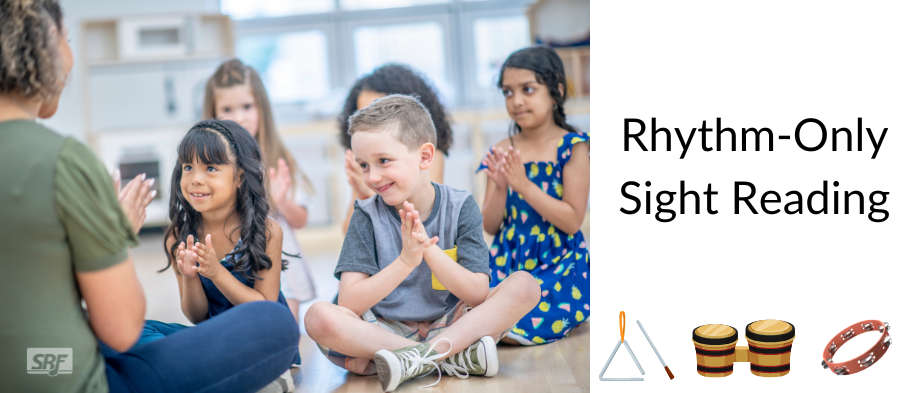
Rhythm-only sight reading
With rhythm-only exercises you can start sight reading as soon as your elementary students learn their first rhythms. You can have sight reading exercises projected to the front of the class as a bell ringer when the students first walk in. Use your preferred counting system, and have some sight reading done in the first few minutes of class.
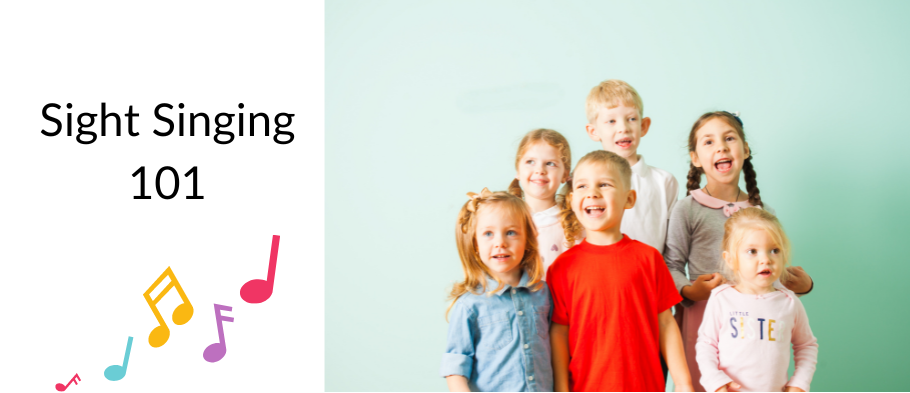
Sight singing 101
With customization, you can simplify the music for students that are just learning to sight sing. You can limit the range, rhythms, and leaps to something very manageable for elementary students. For instance, you may want to begin with a few pitches and quarter notes only. Later, you can add customized leaps or customized rhythms to supplement and support the curriculum you already have in the classroom. Toggle on (and off) solfége or note names to help in the learning process, as well. Your settings can be easily accessible under saved configurations or even as custom levels.
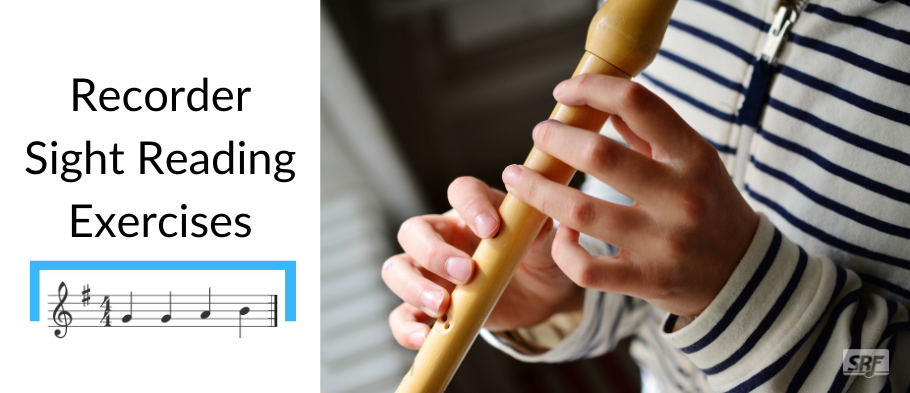
Recorder sight reading exercises
Many elementary school music programs include recorder instruction in their curriculum. With our sight reading exercises for recorder, even if your students only know B, A, G, and a few simple rhythms, you can customize it so that only those notes and rhythms are incorporated. You can even customize and set up the exercises so that they supplement and correlate with any method book. Got student accounts? You can send home sight reading assignments with your custom levels, so students are practicing exactly what they are working on in class.
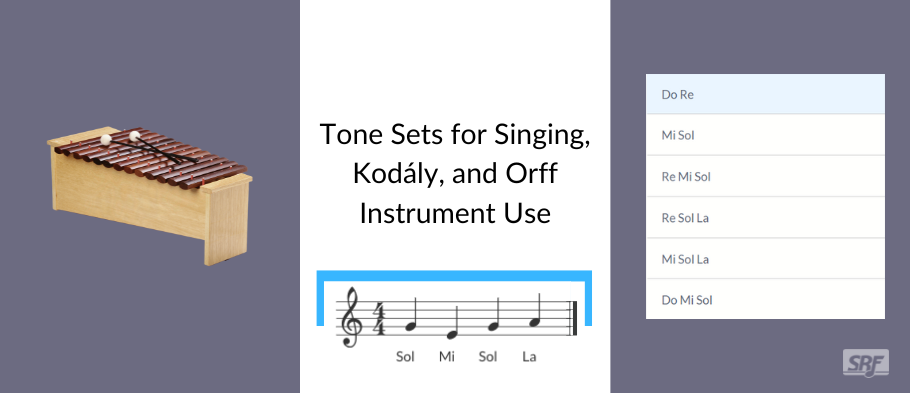
Tone Sets for Singing, Kodály, and Orff Instrument Use
Sight Reading Factory® Tone Sets are a specific “instrument” offering which allows teachers to choose only certain groupings of intervals. For instance, perhaps you want to introduce scale degree 5 (Sol) descending to scale degree 3 (Mi). You can choose that tone set and only sing that interval in your sight reading. It will display in whatever key (and level) that you choose.
Got Orff instruments? Take off bars on your instruments to match the tone set of your choosing. For instance, let’s say you want to have scale degree 3, 5, and 6 (Mi-Sol-La) available. Take off the other bars you are not using and generate the Mi-Sol-La Tone Set for sight reading (in the proper key signature). Project to the front of the classroom and you can sight read on instruments at the youngest of ages.

Fun SRF Bells and Whistles for Student Engagement
One last suggestion is adding some bells and whistles that Sight Reading Factory® offers into your sight reading practice. Have you tried sight reading with a cursor? Cursor usage assists students to find their place in the music and builds confidence. You could toggle on the metronome and adjust the speed as skills improve. What about playing the synthesized recording when your students are beginning sight readers? Did you know you could record yourself and play back? Record your students and playback with or without the synthesized recording to practice self assessment. One of our favorites on the SRF team is to use the hotkey “a” to toggle on/off solfége syllables. Students can sight read one example with the solfége turned on and then quickly you can turn them off. And finally, have you played around with disappearing measures? Consider yourself warned on this one and the excitement it may cause!
In conclusion, incorporating Sight Reading Factory® into the elementary classroom can easily have a transformative impact on music education long term. With just a few minutes of sight reading in each class, students can grow to be confident sight readers, preparing them for future musical endeavors and opening doors to new musical experiences.
To learn more about Sight Reading Factory, feel free to contact us.
Share this article